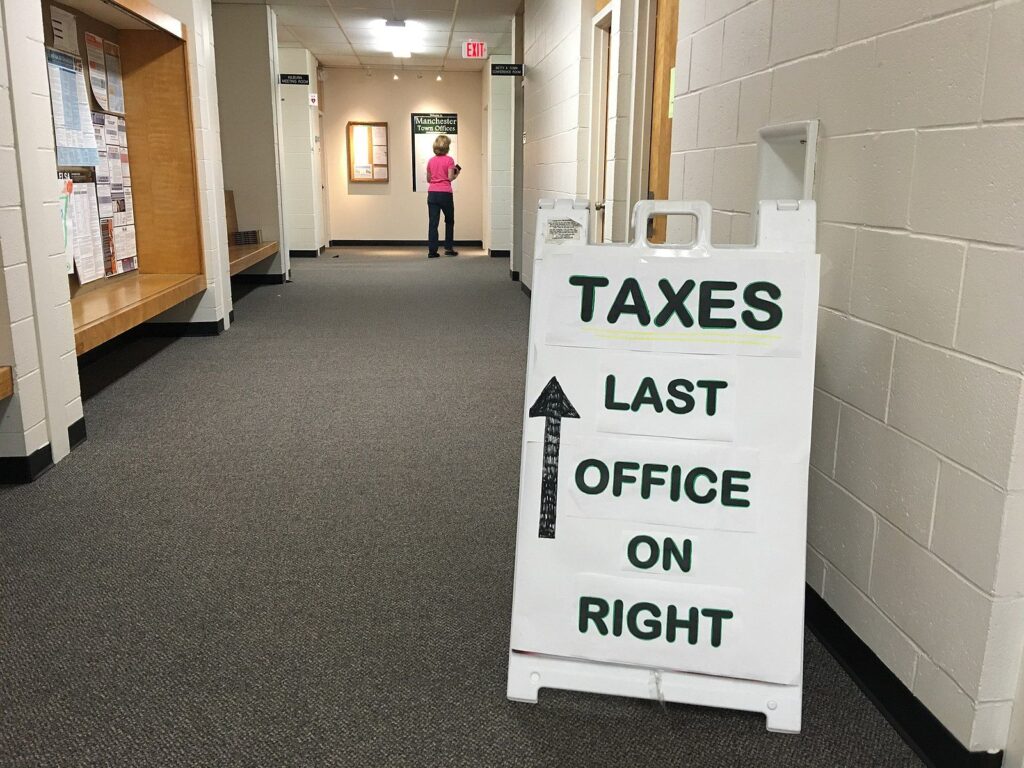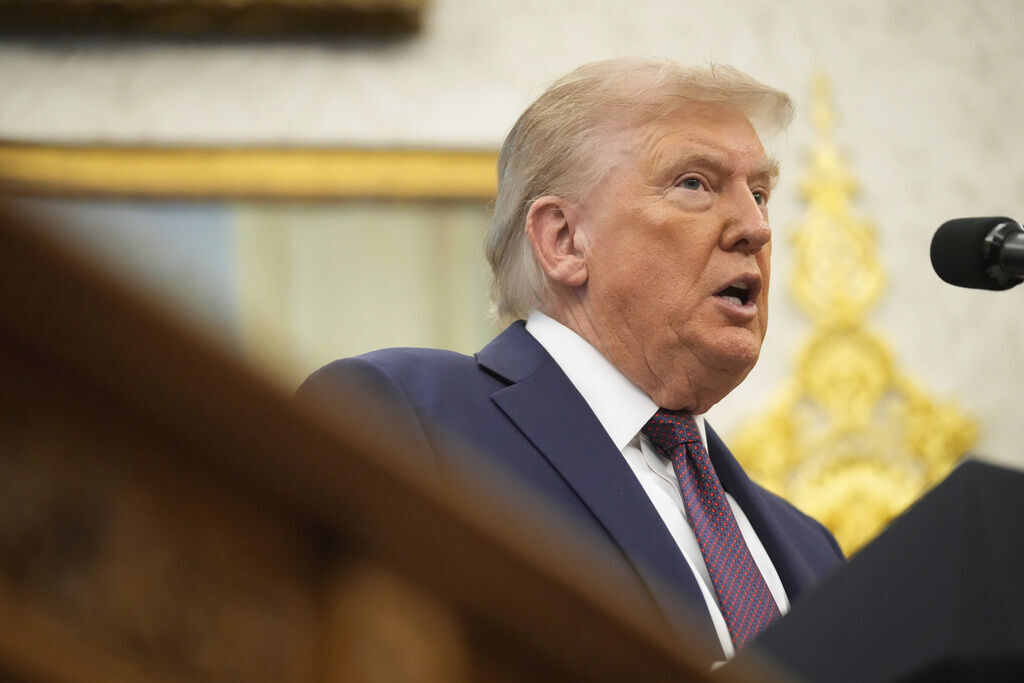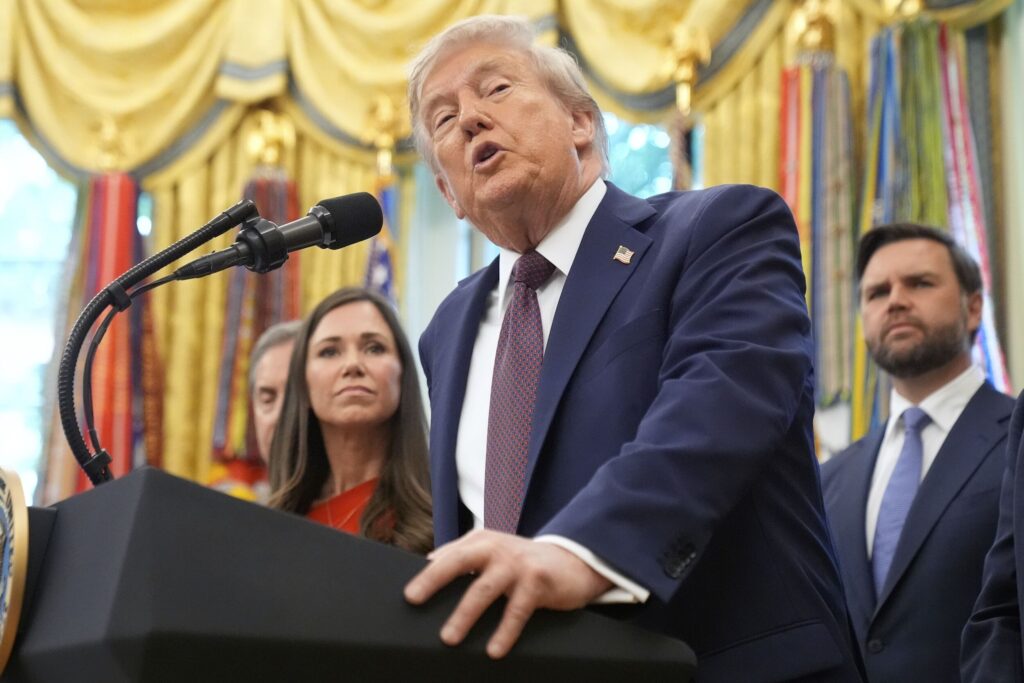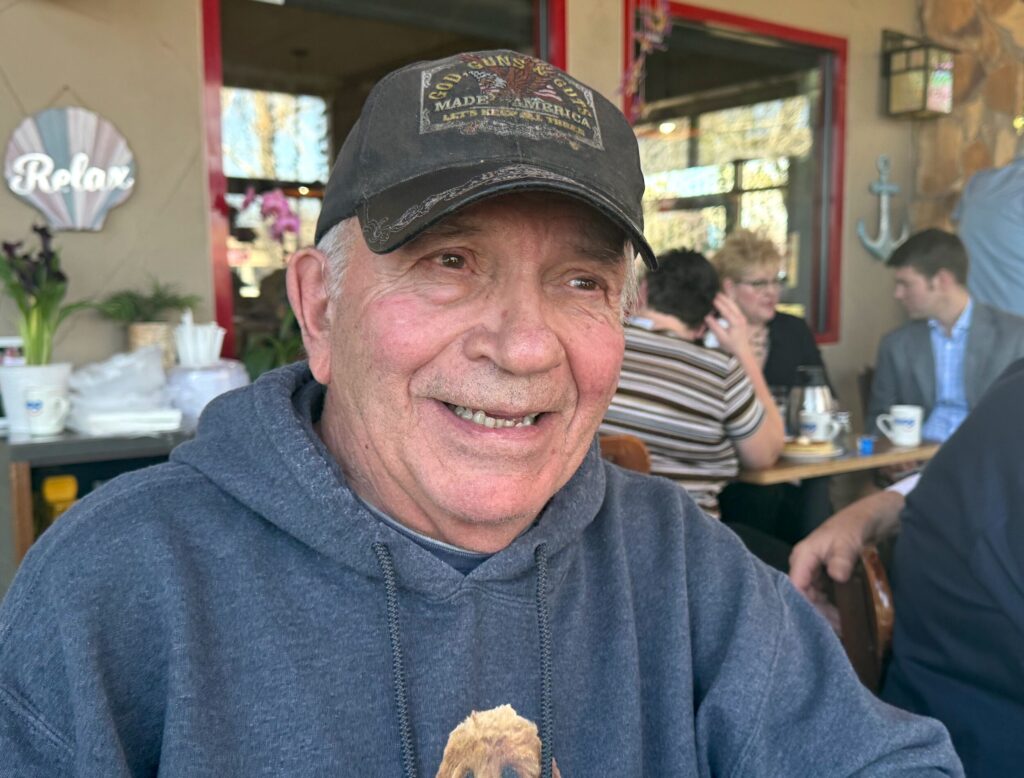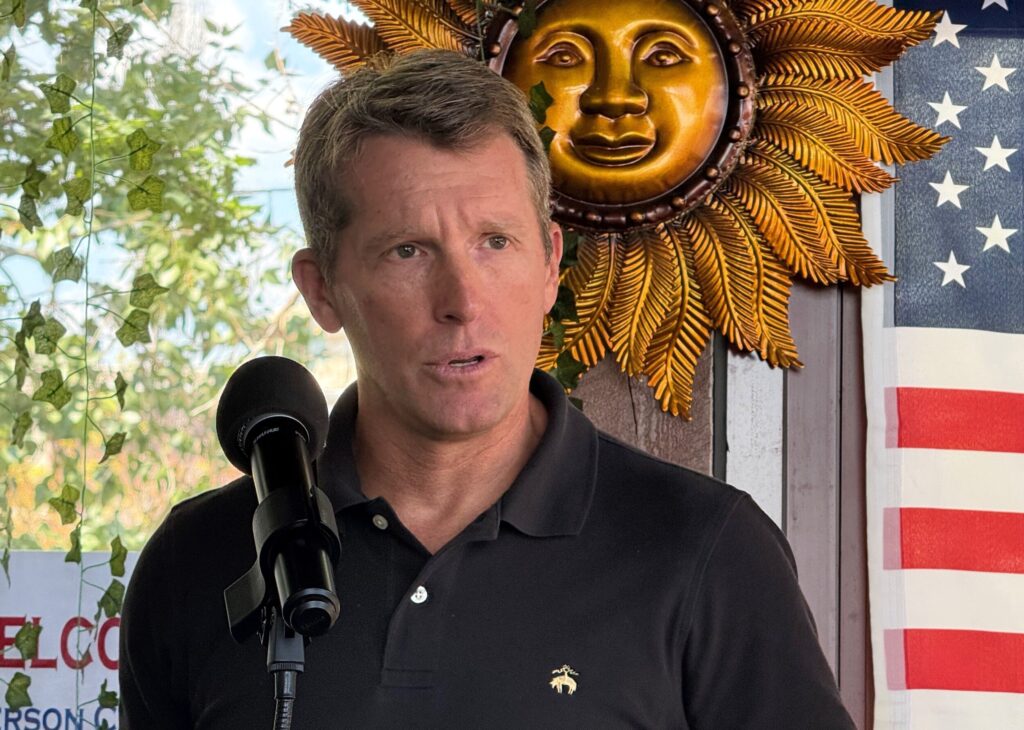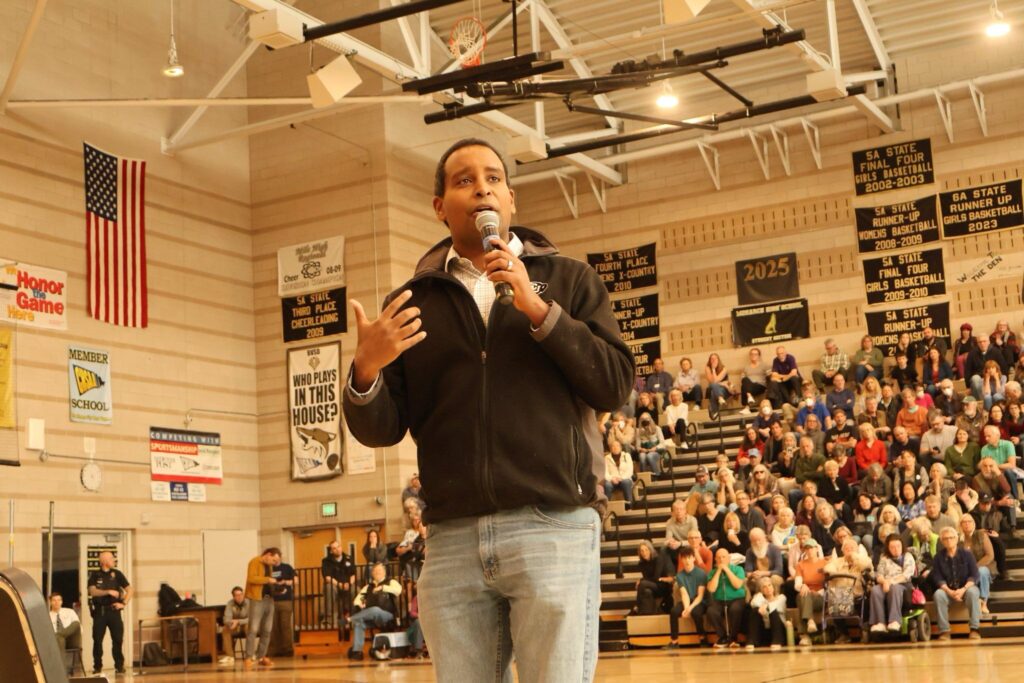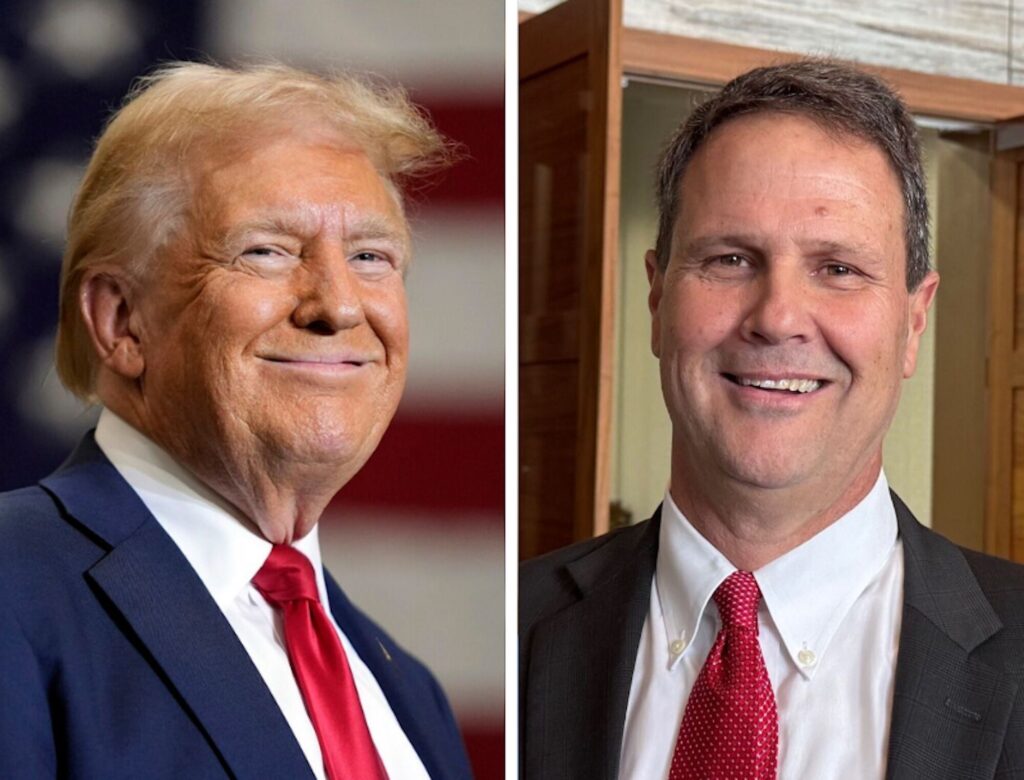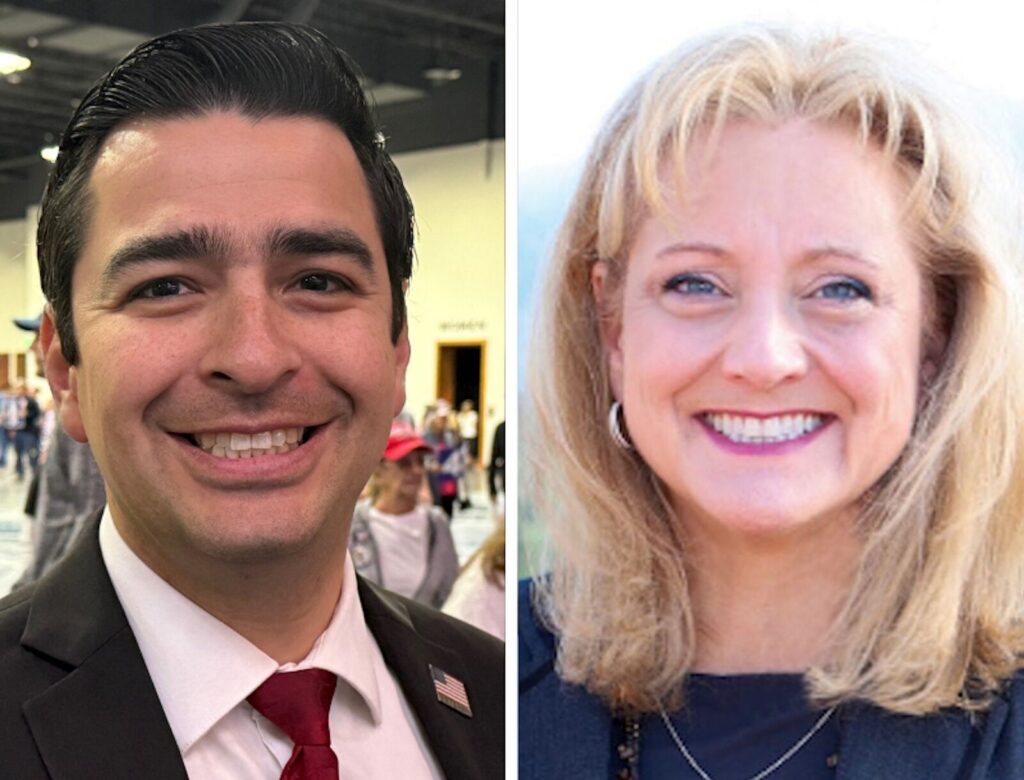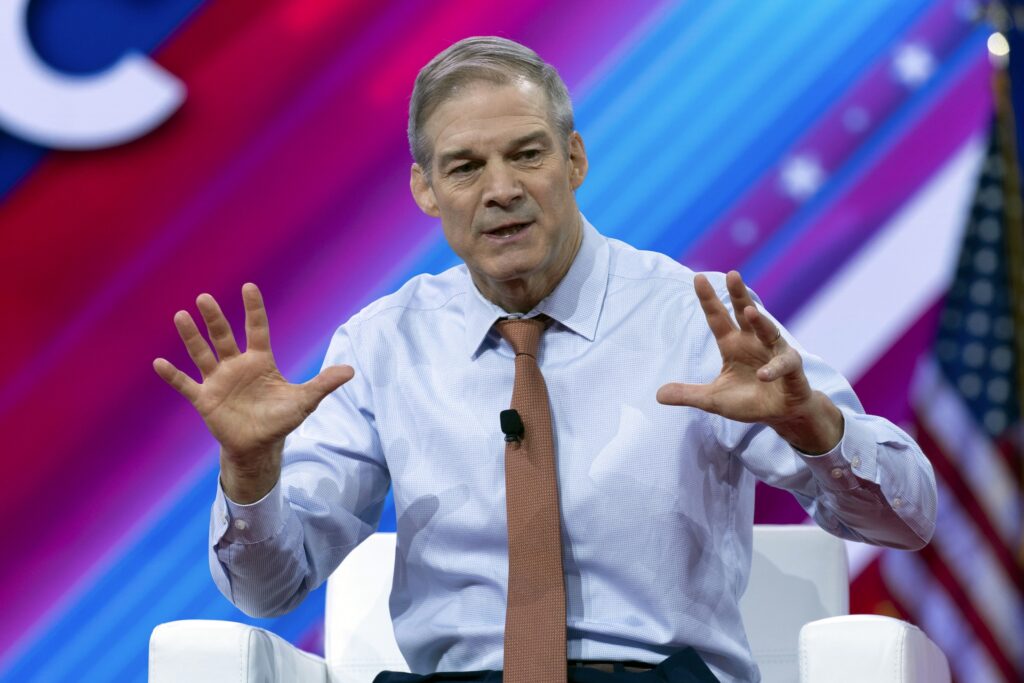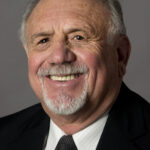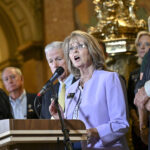Colorado’s crowded gubernatorial primary fields take shape as race looms for open seat | TRAIL MIX

A few months after celebrating Colorado’s sesquicentennial next summer, voters will elect the state’s 44th governor in the first open race for the seat since term-limited Democrat Jared Polis was elected eight years earlier.
At last count, four Democrats and a jaw-dropping 15 Republicans had filed paperwork to run for the post, though the number of viable contenders for both major parties’ nominations is only about half those numbers.
While it’s still a full year before the 2026 campaign’s traditional home stretch arrives with next year’s Labor Day weekend, nonpartisan election forecasters have determined that winning the Democratic primary will probably amount to winning the general election, with none listing the state’s gubernatorial race as competitive.
Although Democrats hold only a slim advantage over Republicans among the ranks of registered voters — with unaffiliated voters making up almost exactly 50% of the total — the state’s electorate has swung toward Democrats for the last four general elections, sweeping the party’s candidates to wins in every statewide race since 2018 while handing the party solid majorities in the state legislature.
That’s one reason forecasters cite when they peg the eventual Democratic nominee as a heavy favorite in next year’s gubernatorial race, with the Cook Political Report and Inside Elections labelling the race “Solid D” and Sabato’s Crystal Ball putting Colorado in the equivalent “Safe D” category.
Those preliminary ratings could, of course, change if the political landscape shifts dramatically or if candidates in the race veer off their current trajectories. But as things stand 14 months before ballots will be due, the chief Democratic contenders have been running circles around a wider range of so-far under-performing Republicans, taking fundraising and other concrete metrics into account.
On the Democratic side, the two leading candidates are three-term U.S. Sen. Michael Bennet and Attorney General Phil Weiser, who appear to have the field to themselves. Two other Democrats have filed to run but don’t appear to have raised any money or launched active campaigns.
With multiple statewide wins under their belts, both Bennet and Weiser have posted seven-figure fundraising quarters this year and have been criss-crossing the state in their official capacities and in campaign mode.
The GOP field is expected to grow in early September with the long-anticipated announcement that state Sen. Barb Kirkmeyer is jumping in the primary on the heels of a six-day special legislative session that concluded on Aug. 26.
If she gets in — and all indications are that she will, following the appearance this week of a Kirkmeyer for Governor campaign site featuring a “Launching Soon” banner — the longtime legislator and former county commissioner from Brighton will be the only woman running for either major party’s gubernatorial nomination, drawing attention to the state’s record of electing only men to the governor’s office in its nearly 150-year history.
In addition to Kirkmeyer, who narrowly lost a bid to represent Colorado’s battleground 8th Congressional District in 2022, five other Republicans appear to be positioning themselves to go the distance, including former U.S. Rep. Greg Lopez, making his third run for governor; state Sen. Mark Baisley; state Rep. Scott Bottoms; Teller County Sheriff Jason Mikesell; and former congressional hopeful Joshua Griffin.
Through the first six months of the year, none of the Republican candidates reported raising more than $30,000 apiece, with most falling far short of that sum. That’s compared to the $2.9 million raised in the same period by Weiser and the $1.7 million reported by Bennet, who joined the race three months after Weiser declared.
It’s little wonder the job has attracted so many applicants, since the office of governor looms over the state’s political landscape like no other elected position. Rivaled only by Denver’s mayors in terms of sheer political power, Colorado’s governors attract more coverage and wield more influence than anyone else inside the state’s four corners, setting the tone for the state’s direction and leaving an indelible stamp on their years in office.
And even though that prominence cuts both ways, leaving the governor to shoulder the blame when the state suffers setbacks — with great power, comes great responsibility, as the office’s current occupant likes to say, referencing a sentiment attributed to the Spider-Man comics — Coloradans tend to like their governors, routinely giving them among the highest marks of any state politicians in public opinion surveys.
With that, apparently, comes job security, at least in the modern era. In the last 50 years, voters have rewarded every incumbent governor who sought reelection with another term, making the office the only statewide or congressional position in Colorado with that distinction over the same stretch. (During the same period, three U.S. senators, seven U.S. House members, one attorney general, one state treasurer and one secretary of state were all denied reelection.)
Across the same five-decade span, voters have elected five Democratic governors and just one Republican, making for a lopsided partisan tilt in a state tinged predominantly purple, except for occasional, brief stretches until Democrats ran the field in 2018 and in each general election since.
In the 13 gubernatorial elections since 1974 — stretching a year further past the aforementioned 50-year range — Democrats carried the state 11 times, with wins by Dick Lamm, Roy Romer, Bill Ritter, John Hickenlooper and Polis, in order, and the lone Republican, Bill Owens, won twice, in 1998 and 2002.
Lamm and Romer, who were first elected in 1974 and 1986, respectively, each served three terms, before term limits took effect, while Ritter, elected in 2006, served a single term and decided against seeking a second. The other three — Owens, Hickenlooper and Polis — each served their allotted two terms.
Most of the 13 gubernatorial races in the state’s modern political era weren’t close, with all but three decided by double-digit margins, and at least a few qualifying as landslides.
The only race that came down to the wire was Owens’ first election in 1998, when he edged past then-State Treasurer Gail Schoettler by 1.3 percentage points. Hickenlooper won reelection in 2014 over former U.S. Rep. Bob Beauprez by 3.2 percentage points, while Lamm won his first term in 1974 by defeating Republican Gov. John Vanderhoof, the former lieutenant governor who ascended to office when the previous incumbent resigned, by 7.5 percentage points.



